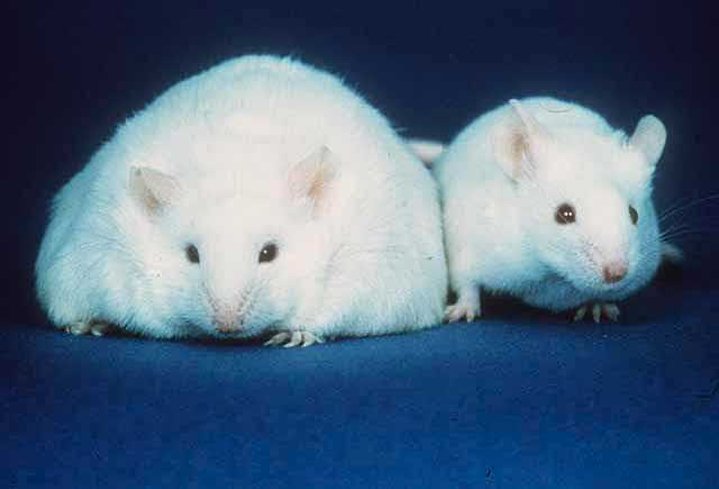Real food is low sugar and high fiber. Processed food is high sugar and low fiber.
– Robert Lustig
###
OK, I’ll get my food rant out of the way. Then no more for the rest of the year, promise.
“If it doesn’t work, do something different,” has always seemed to me about as obvious a maxim as any. In this season of make-and-break resolutions, I think I can safely say that diets don’t work, and maybe it’s time to do something different.
We’re too fat, right? Not you and me, of course, heaven forbid, but the collective “we.” “We” as in the population of the US, with two-thirds of us overweight or obese. That’s according to the Body Mass Index system of assessing us. BMI is pretty crude, of course (using just two measurements, height and weight), but for most people, BMI is related to the amount of fat in their bodies.
How do we know diets don’t work? Because they’re short-term solutions to long-term problems. About 95% of people who lose weight by dieting will not only regain it in a year or so, but most will end up weighing more. Our bodies are super-sensitive when they think they’re being starved (more people died from starvation than all the wars and epidemics combined), so they respond to diets by slowing our metabolism and craving food. Duh.
Robert Lustig (quoted above) is an anti-sugar crusader; check out “Sugar: The Bitter Truth.” He offers a way of doing something different that’s worthy of consideration, IMHO. It’s all about the hormones leptin and insulin. Leptin acts like a thermostat: when it rises, you feel full. When it falls, you want to eat. (It’s more complicated, of course — we’re talking about the human body! Leptin also regulates metabolism and the rate of fat breakdown.)

No leptin vs. leptin. The mouse on left is unable to produce leptin, resulting in obesity, constant hunger, and lethargy. (US Government/Bigplankton. Public domain)
According to Lustig’s model, most of us develop “leptin resistance,” when there’s plenty of leptin, but somehow the message isn’t getting through to our brains. Why? Blame insulin. Insulin blocks leptin, stopping it doing its job of messaging the brain about whether we need to eat or not. And compared to 40 years ago, most of us have insulin levels two to four times what they were then.
Because sugar. Sugar, as bloodstream glucose, tells the pancreas to release insulin, the leptin-blocking hormone. Not only that, but high insulin levels make the body store more food calories as fat. Turns out, we’re all — OK, most of us — are ingesting too much of the stuff, nearly 60 lb. a year on average in the US. That’s two or three times what’s healthy, according to the World Health Organization’s guidelines on sugar.
You don’t need to know all this — and I’m just scraping the surface here. You (collective “you”) need to know that fiber is the antidote to sugar. Yup, you can have your sugar, but only when it comes with fiber. Fiber is, to a first approximation, the difference between processed and unprocessed food, see Lustig’s epigraph above. When we eat fiber — that is, fruit and veggies — it (1) slows the absorption of sugar in our intestines and (2) causes food sugar to be processed farther down our intestines where it’s eaten by our microbiome bacteria.
And that’s the magic of fiber. According to Lustig, a calorie isn’t a calorie, because when you eat food with fiber, you don’t absorb the calories; your gut bacteria do! And they (being smarter than you) don’t turn those calories into fat
So forget the short-term-solution diet. It’ll just make you fatter and miserable. Instead, eat your fruits and vegetables — not exactly rocket science. A good place to start might be the New York Times 7-day sugar challenge.
Either that, or move to Chad, where the diet is the healthiest in the world.
CLICK TO MANAGE